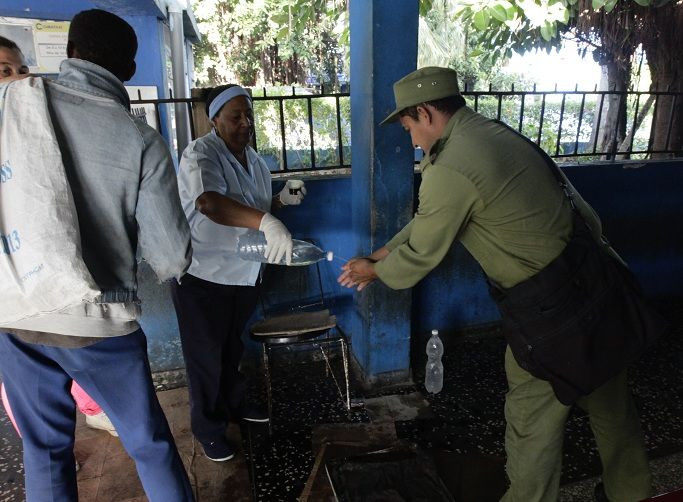Cholera In The Time Of Modern Medicine: Outbreak In Cuba

Cholera, a disease from the past when wooden ships sailed the world’s oceans spreading trade, plague and empire, has reared its head in Cuba for the second time in recent months with the latest outbreak infecting at least 51 people in the capital Havana, a city with 2.2 million residents.
The Cuban Health Ministry has not reported any deaths from the new set of cases and released a statement that the outbreak, which was first detected Jan. 6, appeared to originate from a food vendor working in unsanitary conditions, according to CNN.
The ministry added that it is currently taking preventive measures that have put the disease “on the way to extinction,” Al Jazeera reported.
In August 2012, the government announced that a cholera outbreak in the island nation’s eastern province of Granma had been contained after killing three people and infecting 417.
It remains unclear how the waterborne disease has resurfaced in Cuba, though there is speculation that the pathogen was able to propagate in the aftermath of Hurricane Sandy, which flooded parts of the island with heavy rains and damaged more than 200,000 homes.
Additional theories tie Cuba’s outbreak to the massive cholera epidemic that has engulfed Haiti on the neighboring island of Hispaniola, whose western shores lie some 700 miles from the eastern coast of Cuba.
Following the devastating 2010 earthquake near Haiti’s capital and most populous city Port-au-Prince and a series of hurricanes and floods, the epidemic has claimed nearly 8,000 lives as of October 2012 and infected more than 600,000 people, NPR reported.
The cholera bacterium is believed to have been introduced inadvertently to Haiti via U.N. soldiers from Nepal who arrived in the country on a peacekeeping mission following the 2010 earthquake, though this has yet to be confirmed.
A 2011 U.N. study was able to match the cholera strains in Haiti with those in Nepal. Dr. Daniele Lantagne, who worked on the study, said research continues to ascertain precisely how the original strains developed and how they were transferred.
At the moment she was not aware of any research on the Cuban strains, though she said it was “certainly a possibility” that the Haiti strains may have made their way to Cuba.
Cuban doctors have been a regular presence in Haiti since 1998 and taken a lead role in fighting the cholera epidemic there.
To date, the Cuban government has not released any information regarding the how cholera may have been introduced into its own country.
Cholera typically occurs in densely populated areas with poor sanitation and limited access to clean water and medical care. People are commonly infected by ingesting food and water contaminated with cholera bacteria.
Cholera affects the small intestine, causing watery diarrhea, which results in life-threatening dehydration.
According to the World Health Organization, 3 to 5 million people are infected with cholera every year, resulting in 100,000 to 120,000 deaths annually. These figures only account for the cases that are reported, which the WHO says represent a small portion of the total.
© Copyright IBTimes 2024. All rights reserved.




















